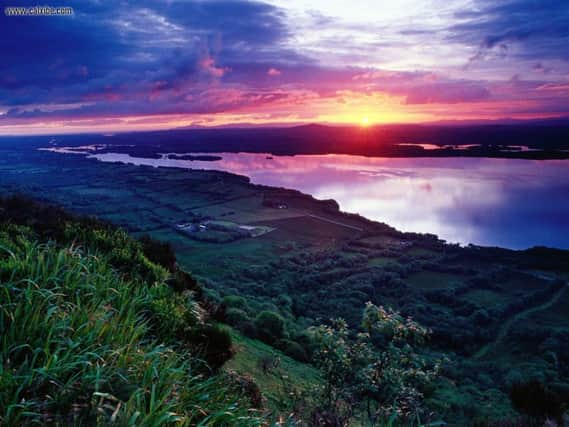Longer January days give us glimpse of hope


Some of us noticed it three weeks ago.
But by this point in late January we all, presumably, have noticed it?
I am referring to the return of daylight - that creeping extension at the end of the day, or addition to the beginning of it.
Advertisement
Hide AdAdvertisement
Hide AdIt is the principal joy of this first month of the year, a much underrated point in the calendar.
January is treated as the hangover of the year, but for some of us it represents the gradual but nonetheless striking emergence from the deep darkness of December.
The sun in Belfast will set this evening at 4.44pm, more than three quarters of an hour later than the earliest sunset time of 3.58pm at the winter solstice.
The mornings have not reclaimed quite so much light yet: the sun rises tomorrow at 8.25am, which is 21 minutes earlier than its latest sunrise time of 8.46am (which actually happens on December 27, days after the ‘shortest’ of December 21).
Advertisement
Hide AdAdvertisement
Hide AdChristmas was a few weeks ago yet we already have a full extra hour of natural light every day - and it is expanding fast each day. Within a few weeks (by early February) we will have two extra hours.
Now it might be that only us Scrooge types notice this. For other people, the darkness of Christmas is part of the fun and atmosphere of pretty artificial lights and one party and celebration after another.
Even I, an obsessive light watcher, enjoy the atmosphere of candlelight and roaring fires and looking out, preferably across snow, to a glowing, decorated evergreen tree.
But otherwise we fans of natural light loathe the gloomy short days.
Advertisement
Hide AdAdvertisement
Hide AdA lot of wealthy folk head off to the sunnier climates in January and February such as Florida or the Carribbean.
If I had independent funds, I would head towards such a beach in late October, and so skip the horror of November: a month that is not only dark, but darkening by the day.
There is no doubt that the trauma of what ought to be the bleakest month, December, is alleviated by the fact that it is the festive season.
January is also a very dark month - even on its last day there is much more night-time (over 15 hours) than day-time (under nine hours).
Advertisement
Hide AdAdvertisement
Hide AdBut the month is lifted by the relentless improvement in the light position.
Northern Ireland is very far north and far from the equator, compared to the rest of the world’s population. Our latitude of 54°N is far above all of the mainland United States (much of which falls under the 49th parallel) and above the great bulk of Europe’s population.
On our shortest day we get just over seven hours of daylight. Geneva, which is closer to the middle of the continent, gets almost nine.
In Nashville Tennessee, which is not far from the mid point between the far south and far north of the mainland US, gets almost ten hours in late December.
In other words, we are starved of daylight in our Province.
Advertisement
Hide AdAdvertisement
Hide AdThe flip side of course of our gloomy mid winters is our super long June days - something that is remembered by Northern Irish people wherever they end up in the globe.
January is still a long way from that. Perhaps March is the point when you begin to have a full sense of the properly long days.
But I do love the glimpses of hope at this time of the year. About ten days ago I stepped out of my home just after 8am on a bright morning.
It was still technically half an hour before sunrise, but the sky was wonderfully bright and all seemed well with the world.